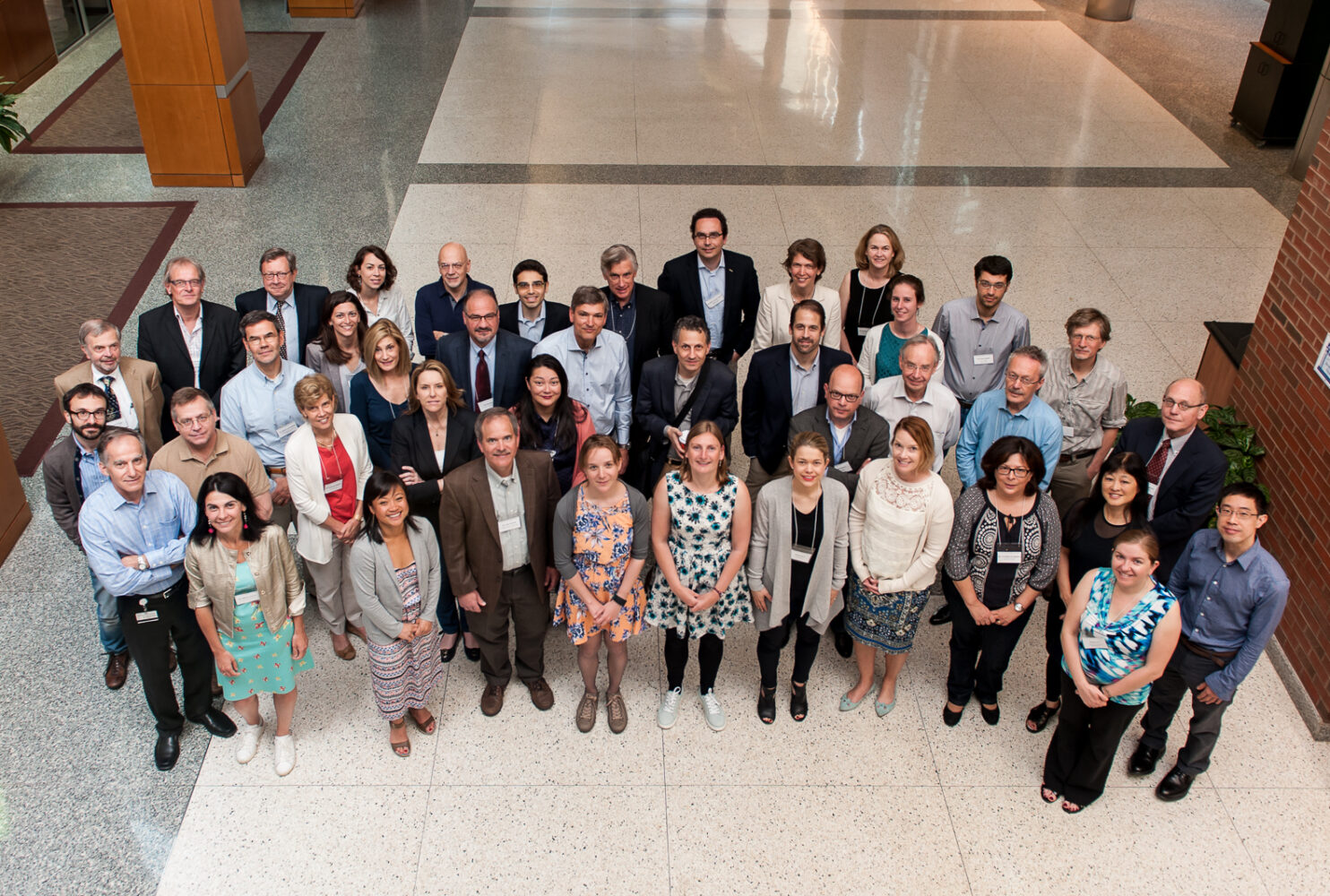How to improve your chances of getting a call back from a clinical trial
Sometimes, more people want to join a clinical trial than there are spots available. No one can promise you a place, but here are some tips that might help you get that initial call or email from the study team:
- Get genetic testing. Patients who already have approved genetic testing may be prioritized by the study team. Learn more.
- Establish care at a study site. If you live near a study site, make an appointment as a patient and start getting care there. Study sites often invite people already in their system first.
- Willing to travel? If you can travel to more than one study site, contact each one and let them know you’re interested in the trial.
- Share your contact info. Give your phone number and email to make it easy for study coordinators to reach you.
- Follow up once a month. Checking in regularly shows that you’re serious and ready to take part.
- Be patient and kind. It can take a long time to get into a study. The study team is doing their best to help everyone.

 To join a clinical trial, you must meet the inclusion criteria and not have any exclusion criteria.
To join a clinical trial, you must meet the inclusion criteria and not have any exclusion criteria.